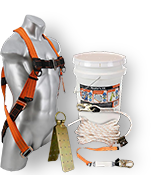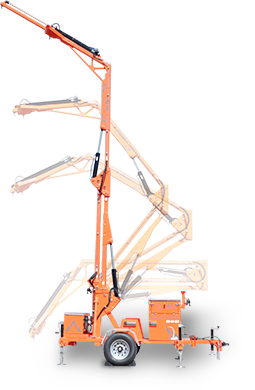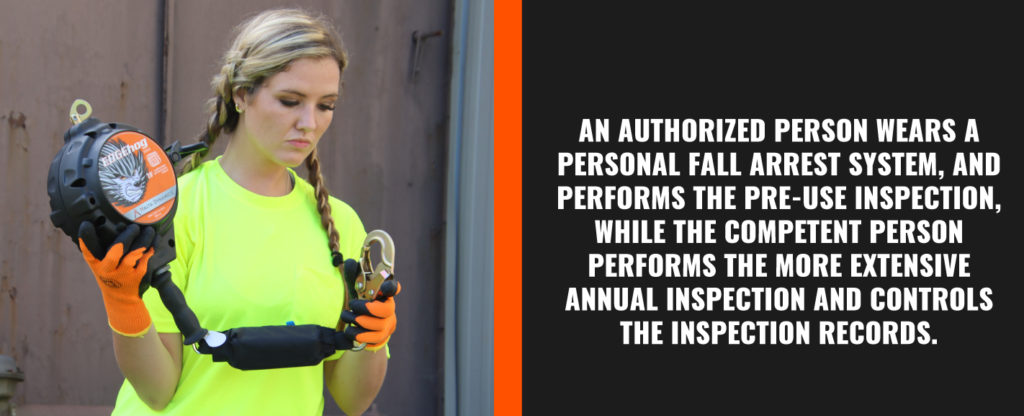Understanding the Roles of Onsite Personnel in Fall Protection
Recognizing the roles of different personnel on a job site is essential for maintaining occupational safety. OSHA defines several key roles:
Authorized Person: This is typically a qualified individual or employee tasked with specific duties, having been trained to recognize and address safety hazards. According to OSHA’s definition in section 1926.32(d), an authorized person is “a person approved or assigned by the employer to perform a specific type of duty or duties or to be at a specific location or locations at the jobsite.” Often, this person is the Safety Manager or the Site Safety Contact.
Competent Person: Defined by 29 CFR 1926.32(f) , a Competent Person is “one who is capable of identifying existing and predictable hazards in the surroundings or working conditions which are unsanitary, hazardous, or dangerous to employees, and who has the authorization to take prompt corrective measures to eliminate them.” The Competent Person is designated by the employer and is responsible for the overall safety of the job site.
Integrating Fall Protection Systems
General requirements for employers include implementing comprehensive fall protection systems, which might include personal protective equipment (PPE), guardrail systems, safety net systems, and horizontal and vertical lifelines. The selection of the system depends on the specific conditions of the workplace and the tasks being performed. For instance, in situations where workers are exposed to unprotected sides or edges, an appropriate fall protection system like guardrails or safety nets must be installed to prevent falls to lower levels.
Legal and Regulatory Framework
Employers must adhere to federal laws and OSHA regulations concerning occupational health and minimum standards for safety. Compliance includes not only the physical provision of fall protection systems but also comprehensive assessments, medical examinations if necessary, and ongoing technical assistance. This adherence helps ensure that workers receive the protection they deserve, alongside benefits like workers’ compensation and medical benefits in case of a workplace injury.
The Authorized Person
Generally, an Authorized Person is an employee who is performing tasks or duties and has been trained on the safety hazards of the site, understands actions to take when presented with a hazard, and has been trained on the specific duties for that job. Most people fall under this category. An Authorized Person is likely the Safety Manager or the Site Safety Contact.
According to the OSHA website, the actual definition of an Authorized person in section 1926.32(d) is “a person approved or assigned by the employer to perform a specific type of duty or duties or to be at a specific location or locations at the jobsite.”
The Competent Person
An OSHA Competent Person is defined as “one who is capable of identifying existing and predictable hazards in the surroundings or working conditions which are unsanitary, hazardous, or dangerous to employees, and who has authorization to take prompt corrective measures to eliminate them”. 29 CFR 1926.32(f)
It’s important to know that the company or the employer designates who that Competent Person is and the authorized persons as well. There is a difference between the two. A Competent Person is going to be the person responsible for the safety on the job site. The Authorized Person is a worker who has been trained to use fall protection equipment on the job site in association with their work.
An easy comparison is that an Authorized Person wears a Personal Fall Arrest System, and performs the pre-use inspection, while the Competent Person performs the more extensive annual inspection and controls the inspection records.






